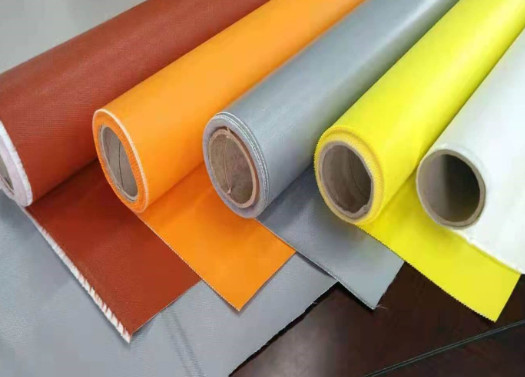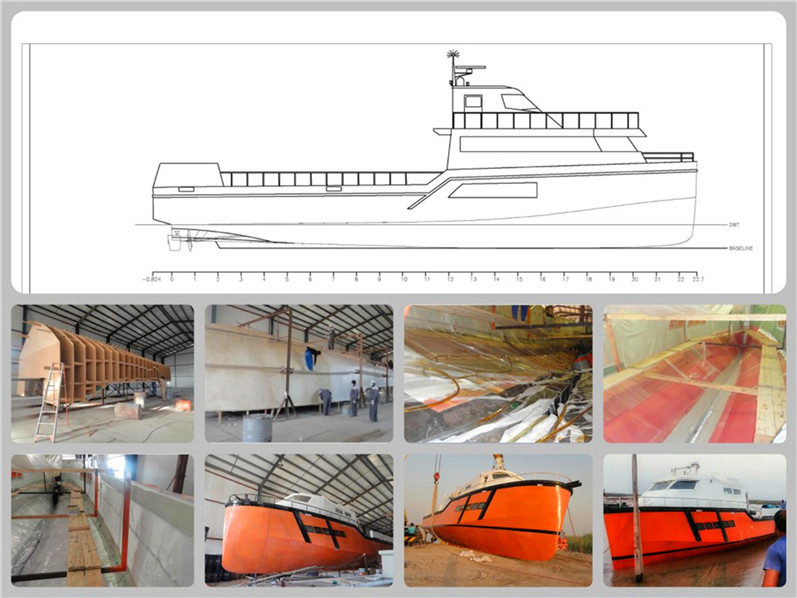What Makes Silicone Fabric a Versatile and Innovative Material
Silicone fabric, an ingenious blend of technology and textiles, has swiftly risen to prominence as a game-changing material across various industries. This revolutionary material boasts a unique set of properties that make it a versatile and innovative choice for a wide range of applications. In this article, we'll delve into the world of silicone fabric, exploring its composition, features, and diverse uses.

Composition and Characteristics
Silicone fabric is essentially a composite material consisting of silicone rubber coatings bonded to various substrates, such as fabrics or textiles. The silicone coating imparts a multitude of exceptional properties to the fabric, setting it apart from traditional materials.
1. Waterproof and Weather-Resistant: One of the most notable characteristics of silicone fabric is its exceptional waterproofing capability. The silicone coating forms an impermeable barrier, preventing water and moisture from penetrating the fabric. This feature makes silicone fabric an ideal choice for outdoor apparel, camping equipment, and even architectural coverings.
2. Heat and Chemical Resistance: Silicone fabric exhibits impressive resistance to high temperatures and chemicals. This property opens the door to applications in industries where protection against extreme heat and chemical exposure is crucial, such as manufacturing, aerospace, and firefighting gear.
3. Flexibility and Durability: Despite its protective qualities, silicone fabric remains flexible and durable. It can withstand repeated bending and stretching without losing its integrity, making it suitable for products like flexible electronics, medical devices, and sports gear.
4. Non-Stick Surface: The non-stick nature of silicone prevents substances from adhering to its surface. This property finds use in applications like baking mats, non-stick cookware, and even medical equipment where cleanliness is paramount.
Diverse Applications
1. Fashion and Sportswear: Silicone fabric has made its mark in the fashion world, with designers incorporating it into waterproof and breathable garments. Its lightweight yet protective nature has also found a home in sportswear, providing athletes with gear that withstands extreme conditions.
2. Industrial and Technical Equipment: Industries rely on silicone fabric for its heat and chemical resistance. It's used in manufacturing environments to create protective clothing and curtains that shield workers from hazardous conditions. In the technical realm, silicone fabric's insulating properties make it invaluable for aerospace applications and electrical insulation.
3. Medical and Healthcare: The medical field benefits from silicone fabric due to its biocompatibility, durability, and non-stick surface. It's used for wound dressings, bandages, and even in implantable medical devices.
4. Architectural and Outdoor Applications: Silicone fabric's ability to withstand weather extremes and maintain its integrity makes it a preferred choice for architectural coverings, awnings, and outdoor furniture. Its waterproof nature also makes it an excellent option for outdoor gear and camping equipment.
silicone fabric stands as a remarkable example of human ingenuity in material science. Its ability to combine the best attributes of silicone and textiles has led to its adoption in a plethora of industries. From fashion to healthcare, from aerospace to outdoor gear, the applications of silicone fabric continue to expand as its unique properties become more widely recognized. As technology and innovation march forward, it's exciting to anticipate the new horizons that silicone fabric will conquer next.


















